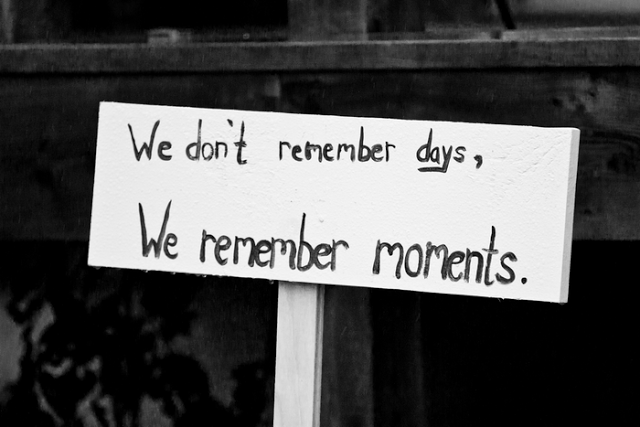“If you think you’re free, there’s no escape possible.” ~ Ram Dass
Mindfulness is more than simply being aware of the present moment and “letting go of the past and future”—it’s a daily practice that helps us develop loving kindness and compassion, as well as equanimity, patience and focus.
When we think of “meditation,” we often visualize a person sitting in lotus position with their fingers perched on their knees in a certain mudra. This is one of thousands of ways we can meditate. Mindfulness meditation can be practiced in any moment, during any and every activity (or non-activity, such as sitting, lying down or standing still).
Formal practice blends into informal practice over time with intention and effort.
We become more present and feel more alive in this moment, right here, right now.
The simplest way to meditate is by finding an anchor to keep us in the present moment. Here are some suggestions:
Mantra
Repetition of a syllable, word, short phrase or poem keeps the mind occupied and helps develop concentration.
Candle flame/fire
Gazing at a bonfire or candle flame (or any image) is another way of developing single-pointed focus and preparing the mind for other forms of meditation.
Mandala
Designing and coloring mandalas is a fun and creative, meditative way of getting in touch with our inner child and practicing mindfulness.
Bell
Whenever you hear the ring of a bell, take a pause. Take the opportunity to take several deep, conscious breaths. As Thich Nhat Hanh teaches, the sound of the bell is the voice of the Buddha.
Music
Listen to a song, whether classical or lyrical, rock ‘n’ roll or any genre, and pay full attention to the sound of the music.
Sounds in the environment
Notice the sounds around you, both close by and farther away. Sounds can only occur in the present, which makes them a great anchor. Even “unpleasant” sounds can help keep us mindful and grateful.
Breath
Feel the sensation of the breath entering and exiting the lungs. Connect with your breath and feel grateful to be alive right now.
Sensations
Notice the physical sensations in the body. If you feel pain, go into the pain. Notice its specific location and sensation. Notice how it changes from moment to moment, however subtly.
Emotions
Turn your awareness to your feelings. Ask yourself, “How do I feel right now?” Lately I’ve been practicing this with a technique taught by Thich Nhat Hanh. “Breathing in, I am __________. Breathing out, it’s okay to feel ___________.”
Metaphor
Picture your pure awareness as the empty blue sky. The mind’s activities are the passing clouds.
Imagine you are walking along a trail with a puppy. The puppy’s wanderings are the mind. When the puppy mind veers off the path, gently pick it up and bring it back.
Visualize sitting at a train station watching people and trains come and go. Becoming distracted by a train of thought means we have inadvertently gotten on a train. Realizing we are onboard, we immediately transport ourselves back to the bench at the station.
Writing
Last but not least, one of my favorite anchors to the present is the act of writing, especially stream of consciousness writing done by hand in a journal. This type of writing is a fantastic mindfulness practice.
The possibilities are endless! What other ways can we keep anchored to ever-changing present?
~
Author: Michelle Margaret Fajkus
Editor: Evan Yerburgh
Image: Pixoto/ Robert Mills
 Share on bsky
Share on bsky






Read 4 comments and reply